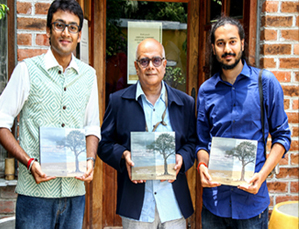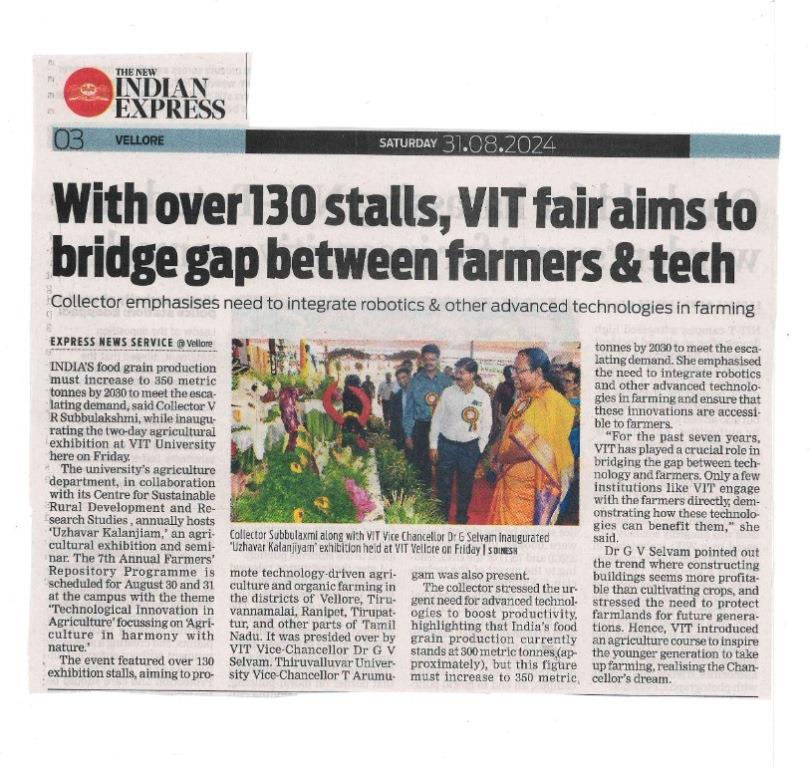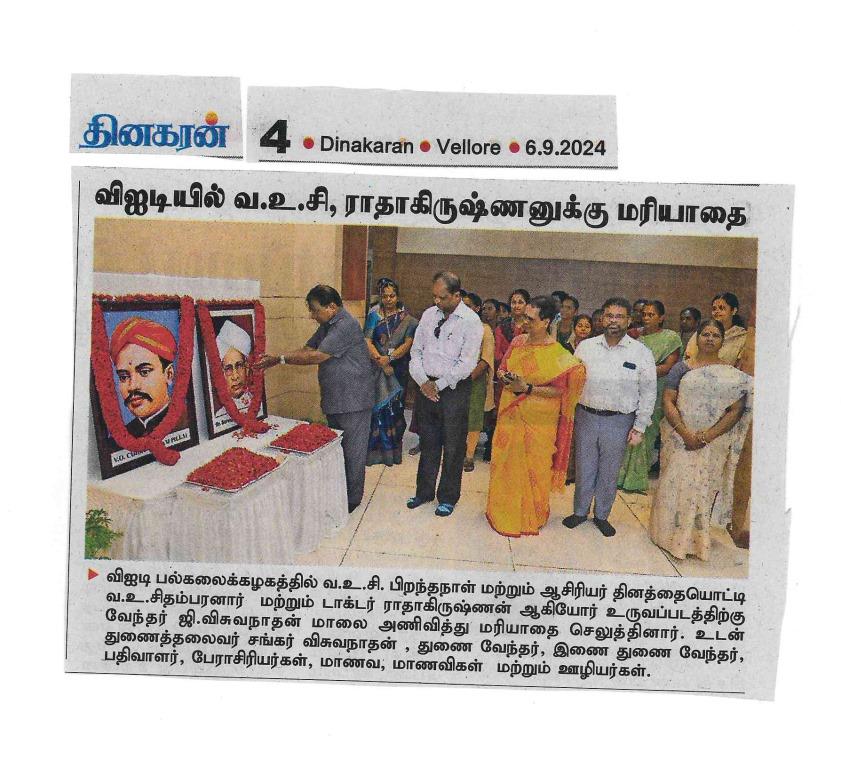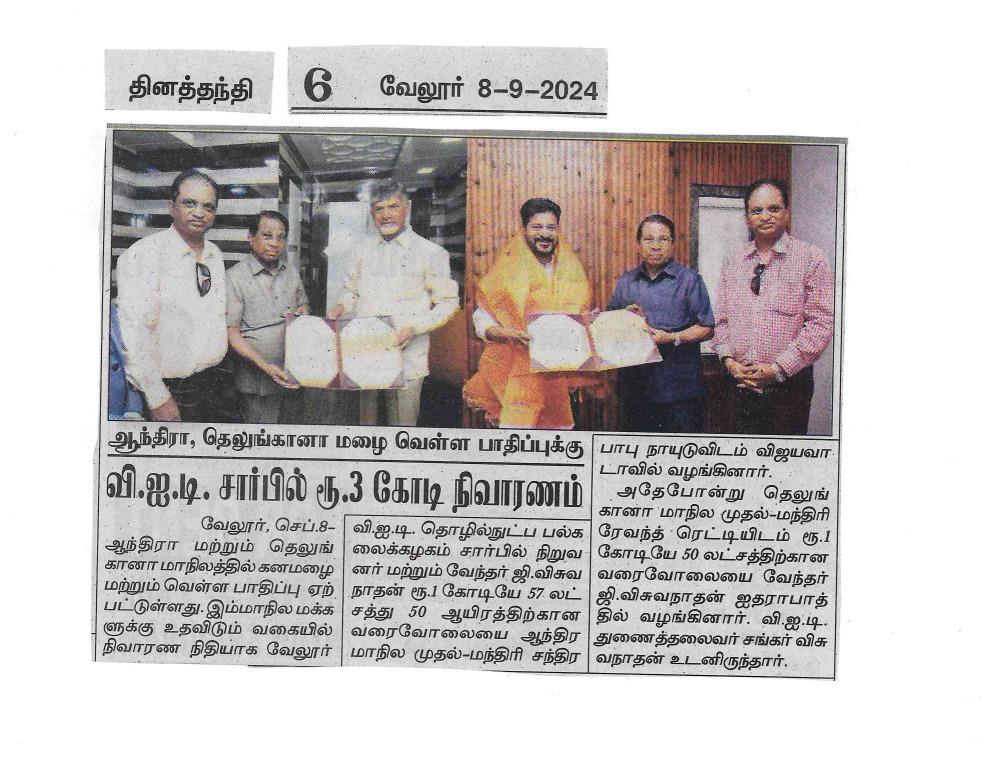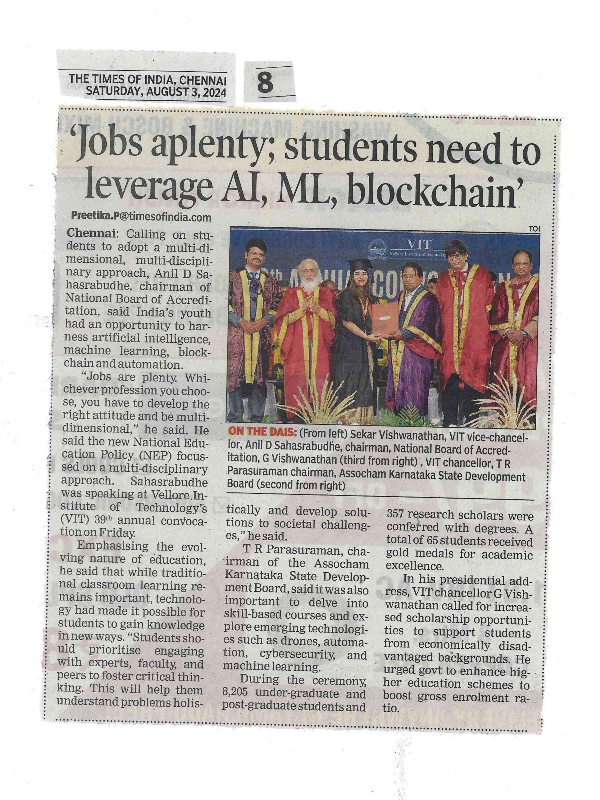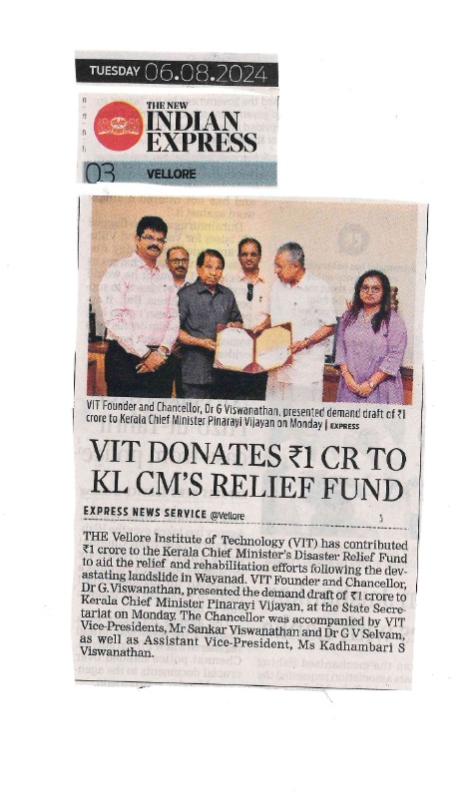- Home
- Archieved News
- Book Launch - Airflow Comfort and Habitability of Game Reserves
Book Launch - Airflow Comfort and Habitability of Game Reserves
The book was launched on the 25th of July, 2016 (Monday) in Chennai at Swiss Hutte, a quaint little restaurant with a rustic setting. Mr. Mukund Padmanabhan, the Editor of the prestigious 137 year old daily, The Hindu graced the occasion as the Chief Guest and Prof. Joe Fernando from the University of Notre Dame, USA - was present as the Guest of Honour. The book was authored by Prof. Ghosh,
Mr. Siddhartha Mukherjee and Mr. Dhruv Gangadharan Arvind
As a team from a University producing five thousand engineers every year, they felt it was their responsibility to incorporate the latest technology in the conservation of wildlife and aid the perpetuity of nature. This was the motivation behind the book – using Computational Fluid Dynamics (CFD) to examine fluid flows in the natural habitats of tigers (in Mudumalai) and lions (in Masai Mara).
The book talks of ascertaining comfort levels of these big cats by defining a value known as the Predicted Mean Vote (PMV), to gauge the habitability of natural reserves for the aforementioned organisms using a gradation from -3 (very cold) to +3 (very hot) through 0 (neutral). This is done using advances in CFD – through applied mathematics and fluid dynamics – and ENVI-met Version 4, a microclimatic model to simulate areas of interest spatially and temporally in view of biometeorology.It was found that the habitats under analysis aren’t optimally habitable for these big cats, owing to changes in atmospheric variables – the effect of climate change pollutants through anthropogenic influences, loss of green cover and wetlands through habitat desiccation and encroachment. The ramifications lead to changes in the ambient [air] temperature and mean radiant temperatures, implying to uncomfortable values in the gradations of PMV (nearing +3: tending to unbearably hot values).
Their phenomenal work was presented by Prof. Ghosh at the European Conference on Sustainability, Energy and the Environment (ECSEE), conducted by IAFOR at Brighton, UK, on the 10th of July 2016. This was primarily aimed at a technical audience of ecologists, social scientists, conservationists and environmental lawyers.
The book was written up as four diverse chapters, bearing technical research and transcending into deep discourses on the regions’ (at Mudumalai Tiger Reserve, Tamil Nadu and Masai Mara National Reserve, Kenya) ecology, geography, culture and society, touching human dimensions and ultimately nuancing the man-animal dialogue through evidences form popular literature and entertainment. The book deals with the sensitive, yet highly venerable interface between man and animal – they wish to spread the ideas and contents of the book to schools, NGOs and the government with the sole intention of conserving our wildlife and protecting our natural habitats – these are not only of national, but international interest and responsibility. Printed at Sri Aurobindo Ashram Press, Pondicherry, this lush coffee table book is replete with high quality photographs, captured by the authors themselves. The book’s chapters are listed below:
Chapter 1: Ventilation and Aeration in Game Reserves
Chapter 2: Despair, Hope and Glory – The Mudumalai Story
Chapter 3: Masai Mara – Nature’s Own Sculpture Park
Chapter 4: Humanity’s Dialogue with Animals
The core motivation of the book on wildlife conservation and habitat management is to be conveyed to the non-technical audience – to the general public – to carry message of conservation forward.??
The Authors:
Prof. Ghosh, the architect of this unique book, and the lead author, is erudite in CFD with a specialisation in environmental fluid flows, including several years of Post-Doctoral Research experience at the University of Cambridge and currently affiliated to the School of Earth and Environment, University of Leeds, UK and the School of Mechanical Engineering, VIT University, Vellore. He is also Associate Editor of the prestigious Royal Meteorological Society’s Journal ‘Atmospheric Science Letters’ in the United Kingdom. He was awarded the Editor’s Award by the Journal for promoting the cause of atmospheric and microclimatic studies in the subcontinent.
Mr. Siddhartha Mukherjee, the lead photographer, is an alumnus of VIT University and is currently pursuing his PhD at the Department of Chemical Engineering Delft University of Technology, Netherlands, and is a photographer by passion – he placed among the winners of the Pan-European Photography Contest, conducted by the Erasmus Network in 2013.
Dhruv Gangadharan Arvind graduated from the School of Biosciences and Technology at VIT University this year and plans to pursue a Masters in Biodiversity, Conservation and Management at the School of Geography and the Environment, University of Oxford, UK. He has had the privilege of working with India’s leading herpetologist, Mr. Gerry Martin at the Madras Crocodile Bank
Trust and Agumbe Reptile Research Station.


